How to watch 2025’s best celestial events in Türkiye, elsewhere in the world
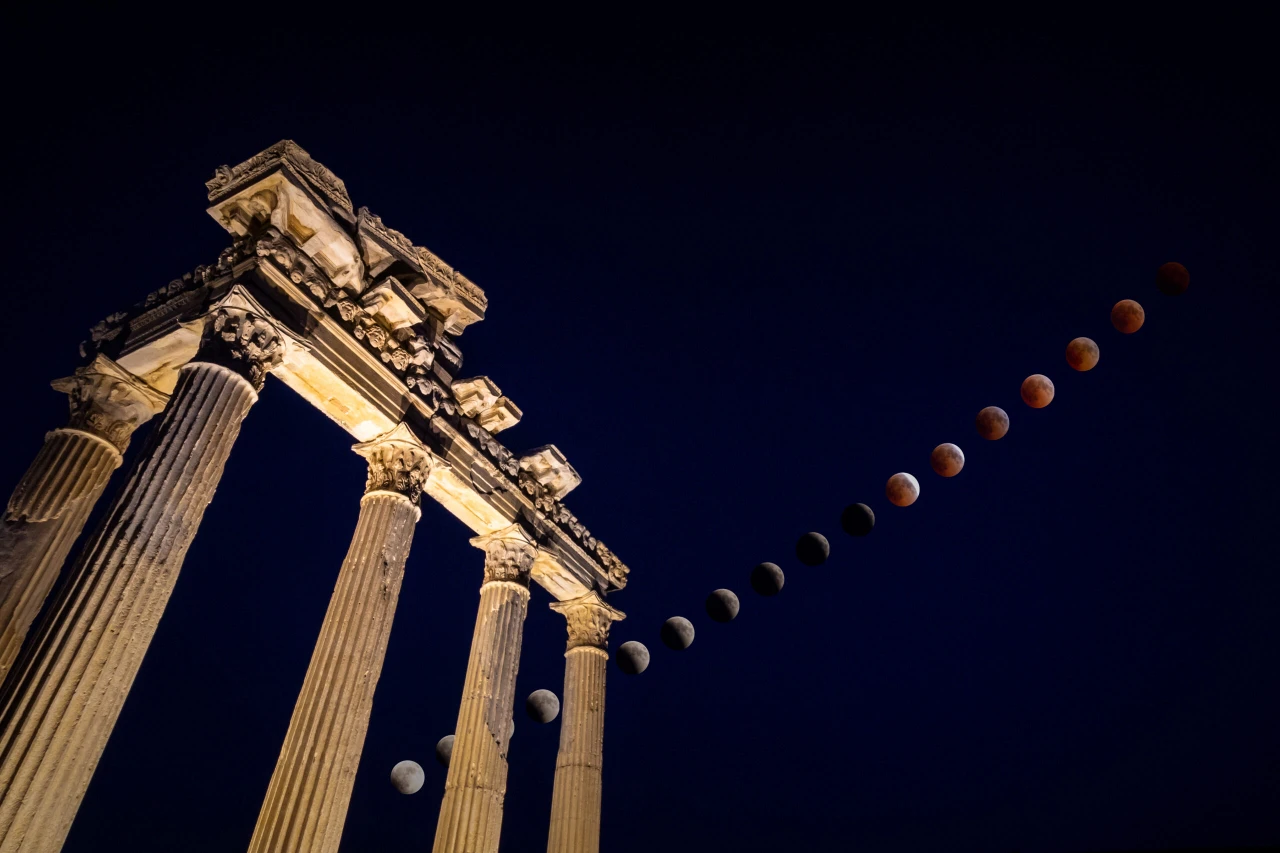 Composite image of a total lunar eclipse over the Apollo Temple in Side, Türkiue. (Adobe Stock Photo)
Composite image of a total lunar eclipse over the Apollo Temple in Side, Türkiue. (Adobe Stock Photo)
Some nights, the sky is simply there—a quiet expanse above, indifferent to the world below. But on some occasions, it transforms into something far more dramatic.
The Moon slips into Earth’s shadow and turns a deep shade of red. Meteors, like hurried travelers, streak across the heavens. Planets, usually scattered across the cosmos, gather in near-perfect alignment.
These are the nights that make even the most indifferent among us stop and look up at the celestial events in Türkiye.

In 2025, the universe has a carefully arranged itinerary of celestial wonders.
- A pair of blood moons will cast an eerie glow
- Meteor showers will send sparks flying through the dark
- A rare planetary alignment has already brought us distant worlds into a single frame
The show is free, the seating is unlimited, and the only ticket required is curiosity.
Perhaps you’ll watch from a rooftop in Istanbul, where the hum of the city fades beneath a vast and star-speckled sky. Or maybe from the rocky plateaus of Cappadocia, where ancient landscapes meet the glow of a distant galaxy.
You might even find yourself on the shores of the Aegean, where the waves murmur beneath a sky scattered with shooting stars. Wherever you are, the sky above Türkiye will be alive with movement, color, and quiet spectacle.
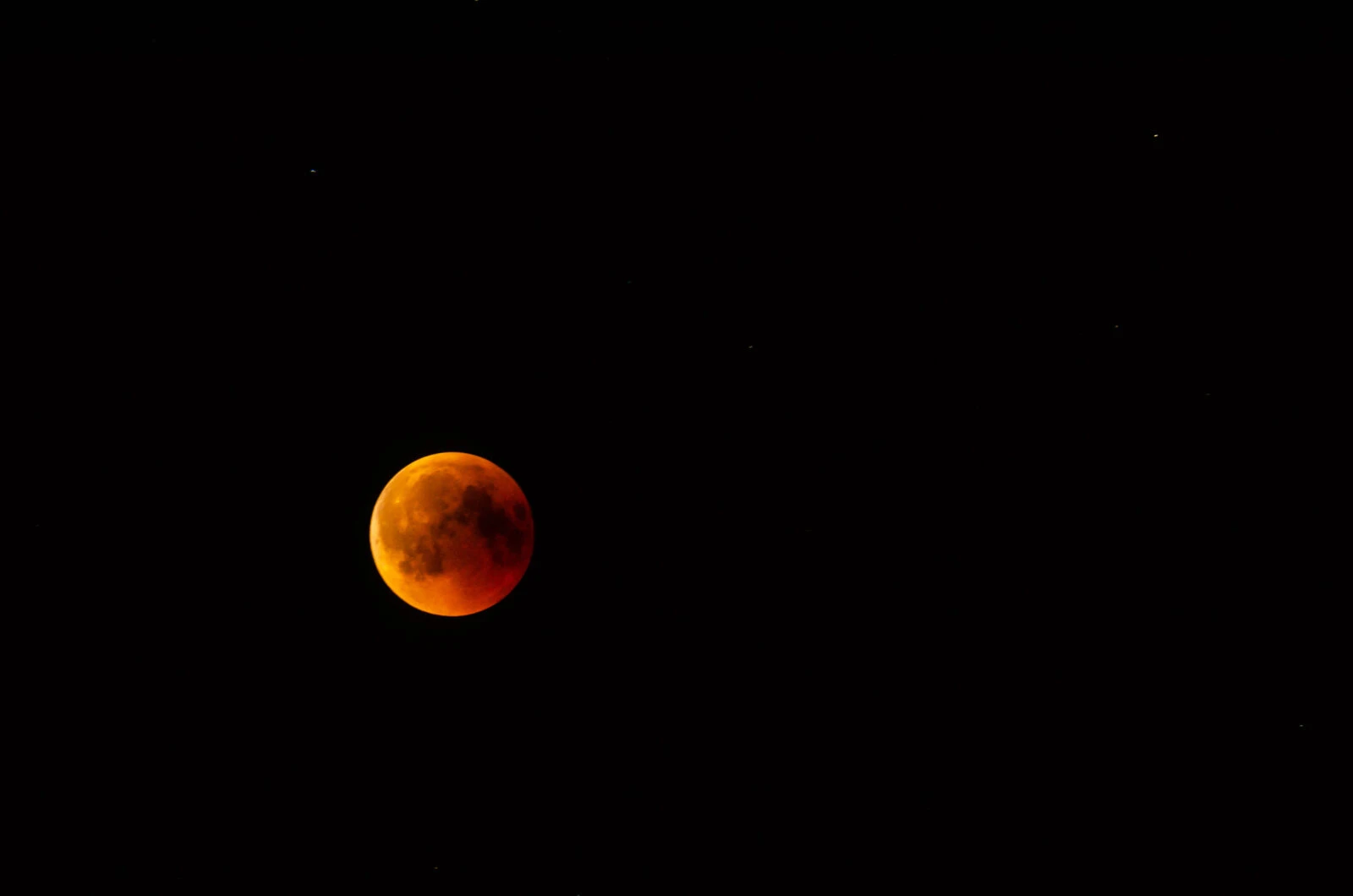
Total and partial eclipses in 2025: Visibility of celestial events in Türkiye
Eclipses are among the most anticipated celestial events, drawing millions of spectators worldwide. In 2025, two total lunar eclipses and two partial solar eclipses will occur, with varying degrees of visibility from Türkiye.
March 13–14: Total lunar eclipse (blood moon), where to watch celestial events in Türkiye
- Visibility in Türkiye: Limited (Moon will be below the horizon during totality)
- Best locations to watch: North and South America, parts of Western Europe
- Phenomenon: The Moon will turn a striking reddish hue as it passes through Earth’s shadow
- Totality duration: 65 minutes
For those outside Türkiye, Western Europe will get a limited view of the eclipse as the moon sets, while North and South America will experience the full event. Astronomers recommend seeking a location with minimal light pollution to maximize visibility.
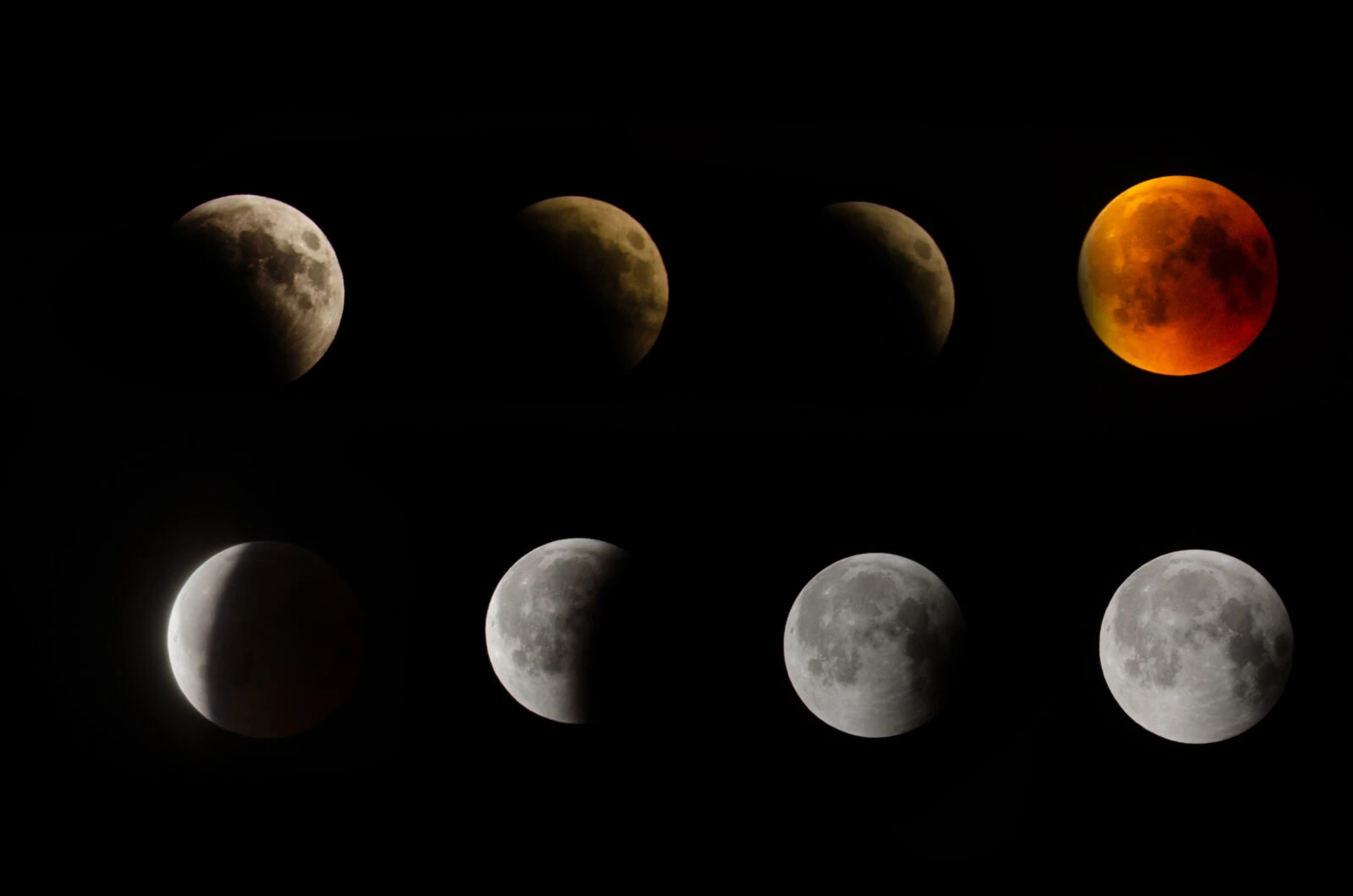
March 29: Partial solar eclipse, its viewing potential in Türkiye
- Visibility in Türkiye: Partial
- Best locations to watch: Eastern Canada, Northern Europe, Western Russia
- Peak obscuration: Around 94% in some regions
A partial solar eclipse occurs when the Moon blocks only a portion of the Sun’s disk. This event will be observable in Türkiye but at a lower magnitude compared to Northern Europe, where nearly the entire Sun will be covered.
As solar eclipses require proper eye protection, viewers are advised to use eclipse glasses or pinhole projectors to safely watch one of the most anticipated celestial events in Türkiye.
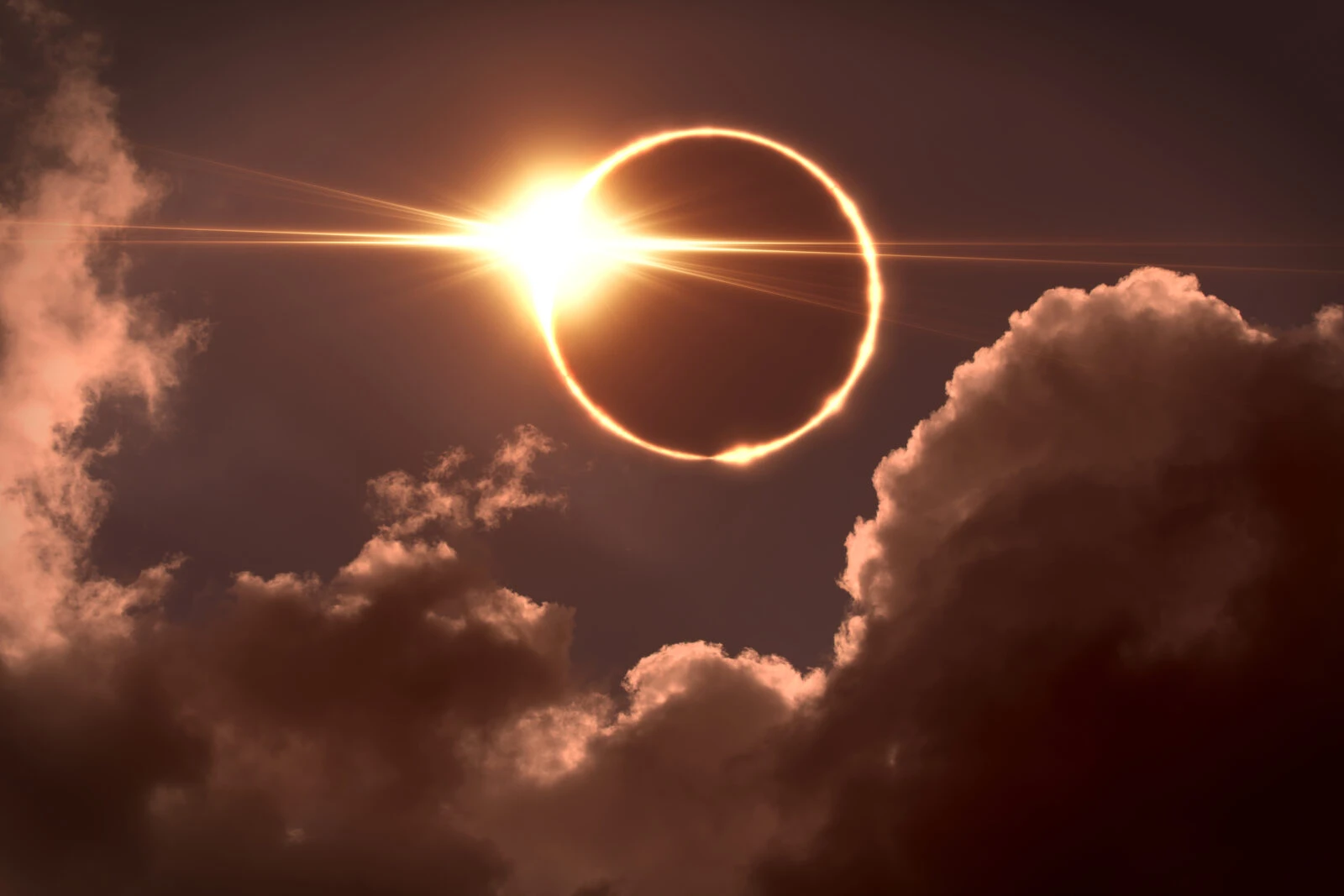
Sept. 7–8: Why Türkiye is great location to see total lunar
- Visibility in Türkiye: Excellent
- Best locations to watch: Europe, Asia, Australia, Africa, South America
- Phenomenon: The moon will turn deep red due to Earth’s shadow
- Totality duration: Over one hour
Unlike the March eclipse, this one will be fully visible in Türkiye. As the moon rises in the evening, it will already be eclipsed, making for a dramatic sight in the night sky.
This is one of the most highly anticipated celestial events in Türkiye and will provide a great opportunity for astrophotography, particularly for those in open areas away from city lights.
Sept. 21: Partial solar eclipse, where it will be visible
- Visibility in Türkiye: Not visible
- Best locations to watch: Australia, Pacific islands, Antarctica
This partial eclipse will not be observable from Türkiye but will be a major event for observers in the Southern Hemisphere. The event will require careful planning and the use of solar filters for safe observation.

All about watching meteor showers in Türkiye in 2025
Meteor showers occur when Earth passes through debris left behind by comets, creating stunning streaks of light across the sky.
Here are the top meteor showers to watch in 2025:
| Meteor shower | Peak date | Estimated rate (meteors per hour) | Visibility in Türkiye |
|---|---|---|---|
| Quadrantids | Jan. 3 | 60–100 | Moderate |
| Lyrids | April 21–22 | 15–20 | Good |
| Eta Aquariids | May 3–4 | 20–40 | Good |
| Perseids | Aug. 12 | 80–100 | Excellent |
| Draconids | Oct. 8–9 | 10–20 | Moderate |
| Leonids | Nov. 17 | 10–15 | Good |
| Geminids | Dec. 12–13 | 60–120 | Excellent |
Among these, the Perseids in August and the Geminids in December will be the most active, with bright, fast meteors lighting up Türkiye’s night sky. For the best experience, it is recommended to watch these showers in dark, rural locations away from city lights.
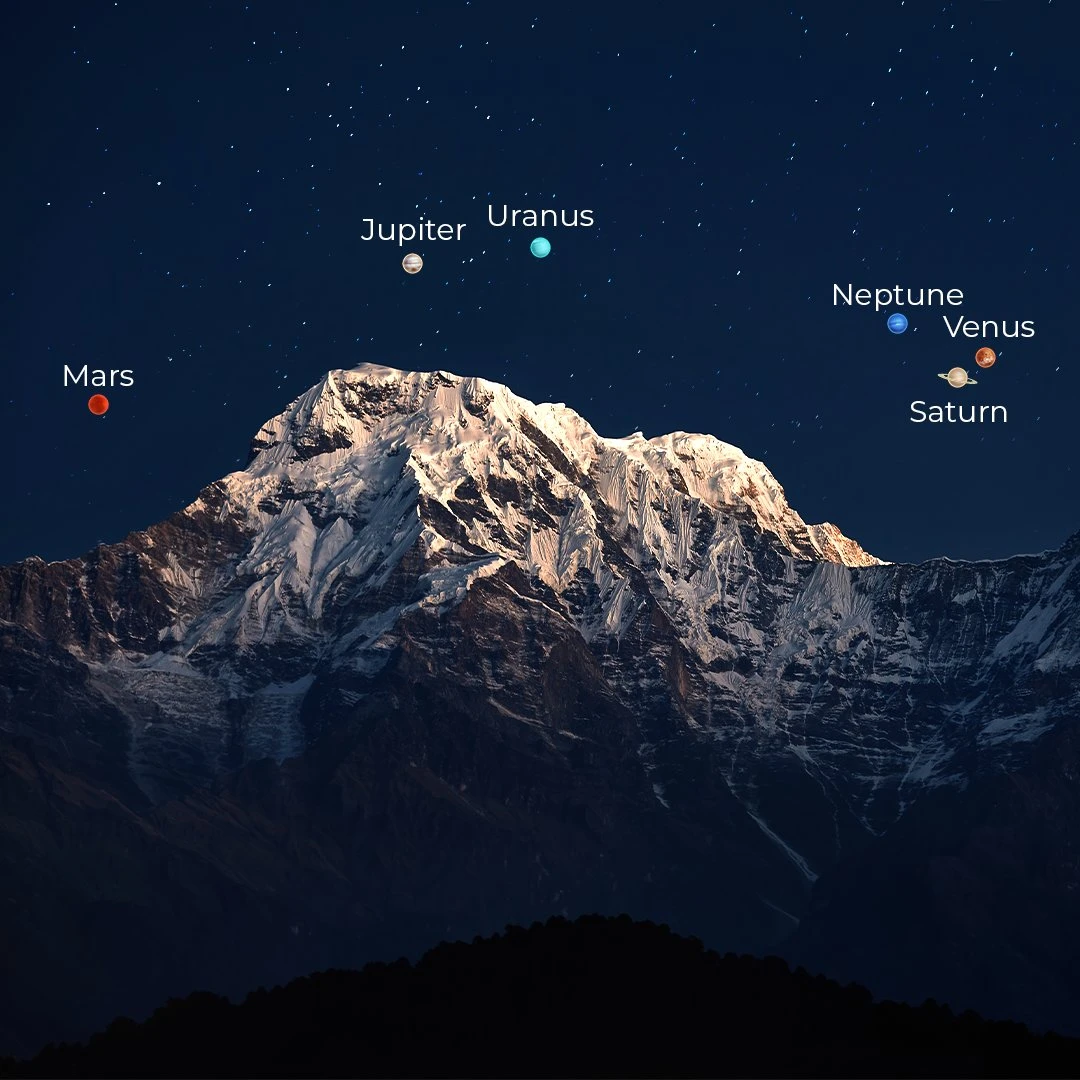
Planetary alignments, rare astronomical, celestial events in Türkiye in 2025
2025 will also feature several planetary alignments and supermoons, offering additional opportunities for skywatching.
- Jan. 16 – Mars at opposition: Mars was closest to Earth, making it easily visible to the naked eye.
- Feb. 28 – Rare planetary alignment: Six or seven planets will align and be visible in the evening sky.
- April 21 – Lyrid meteor shower: One of the most well-known meteor showers, visible just before dawn.
- July 10 – Supermoon: The Moon will appear larger and brighter than usual.
- Aug. 12 – Peak of Perseid meteor shower: One of the strongest meteor showers of the year.
- Nov. 8 – Saturn loses its rings (edge-on appearance): A rare event occurring roughly every 15 years.

Tips for observing celestial events in Türkiye in 2025
Here are some tips on making the most of 2025’s best celestial events in Türkiye:
- Find a dark sky location: Cities like Istanbul, Ankara, and Izmir have significant light pollution. For the best experience, head to rural areas or observatories like Uludag, Mount Nemrut, Cappadocia, or Saklikent.
- Use a telescope or binoculars: While most events can be seen with the naked eye, optical aids will enhance details, especially for planetary alignments and lunar features.
- Check local weather conditions: Cloud cover can obscure events, so monitoring forecasts is crucial.
- Join an astronomy group: Local observatories and universities often host public skywatching events. Engaging with a community of stargazers can enhance the overall experience.
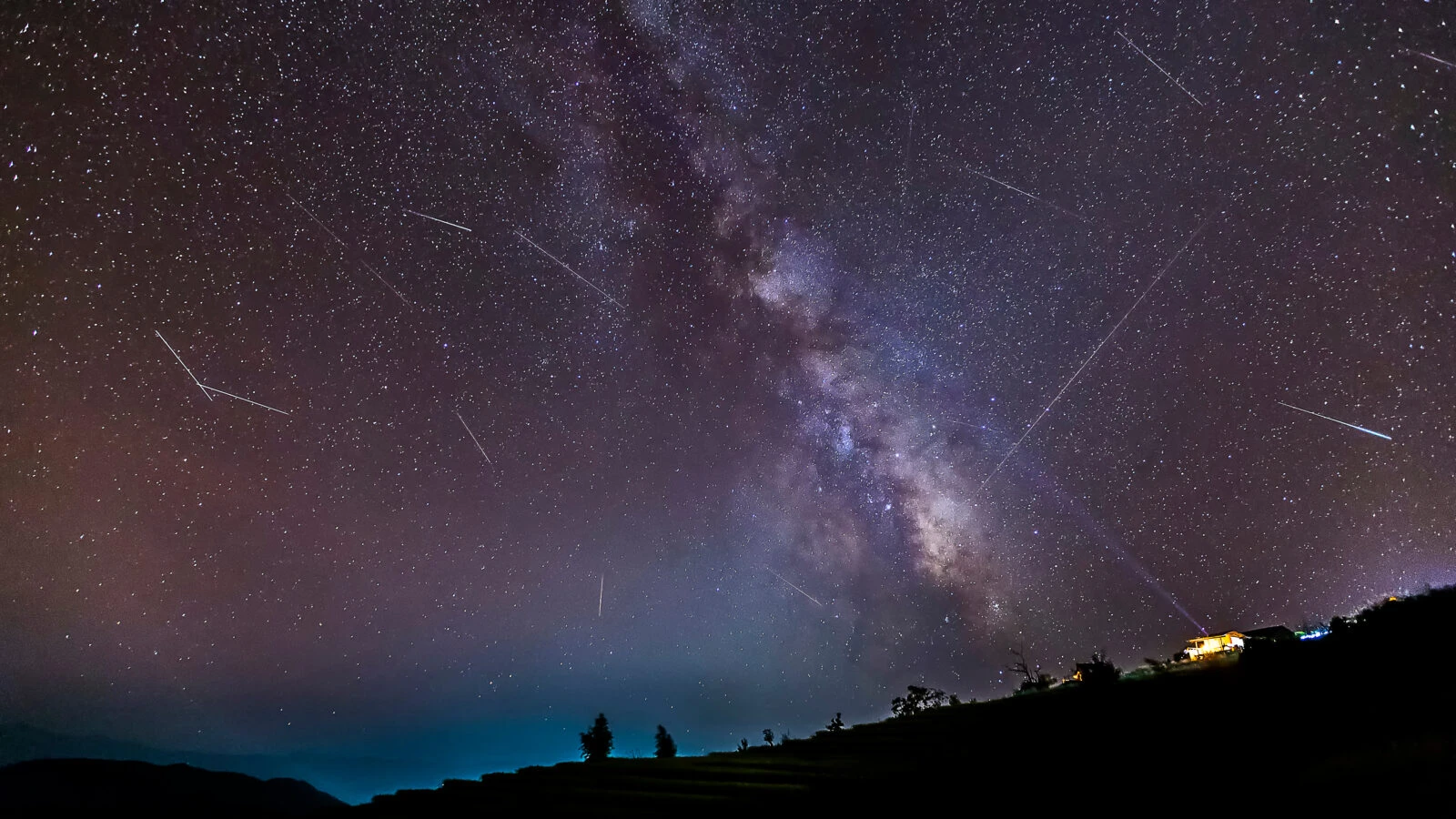
Why celestial events matter, how they impact observers worldwide
Celestial events have fascinated humanity for centuries, influencing myths, scientific discoveries, and technological advancements. Eclipses, in particular, have played roles in historical events and continue to spark curiosity.
Meteor showers provide an opportunity to reflect on Earth’s journey through space, while planetary alignments and supermoons remind us of the vast celestial mechanics governing our solar system.
For expatriates and tourists, these astronomical phenomena and celestial events in Türkiye offer a unique chance to experience the wonders of space from a region with a deep historical connection to astronomy.
Mark your calendars, prepare your telescopes, and get ready for a year filled with breathtaking astronomical displays.



